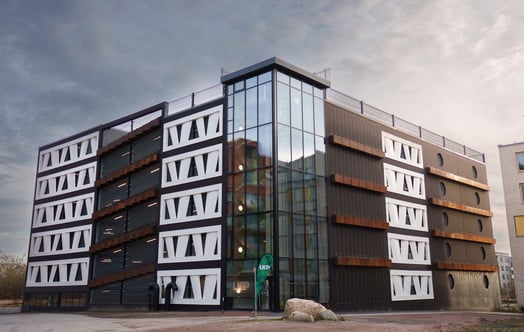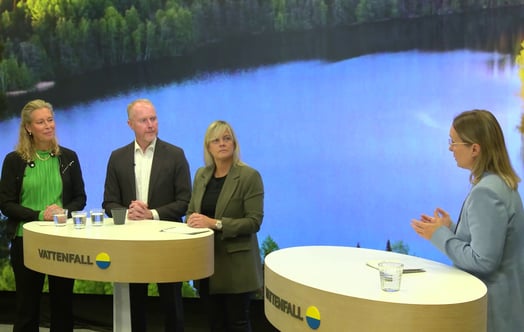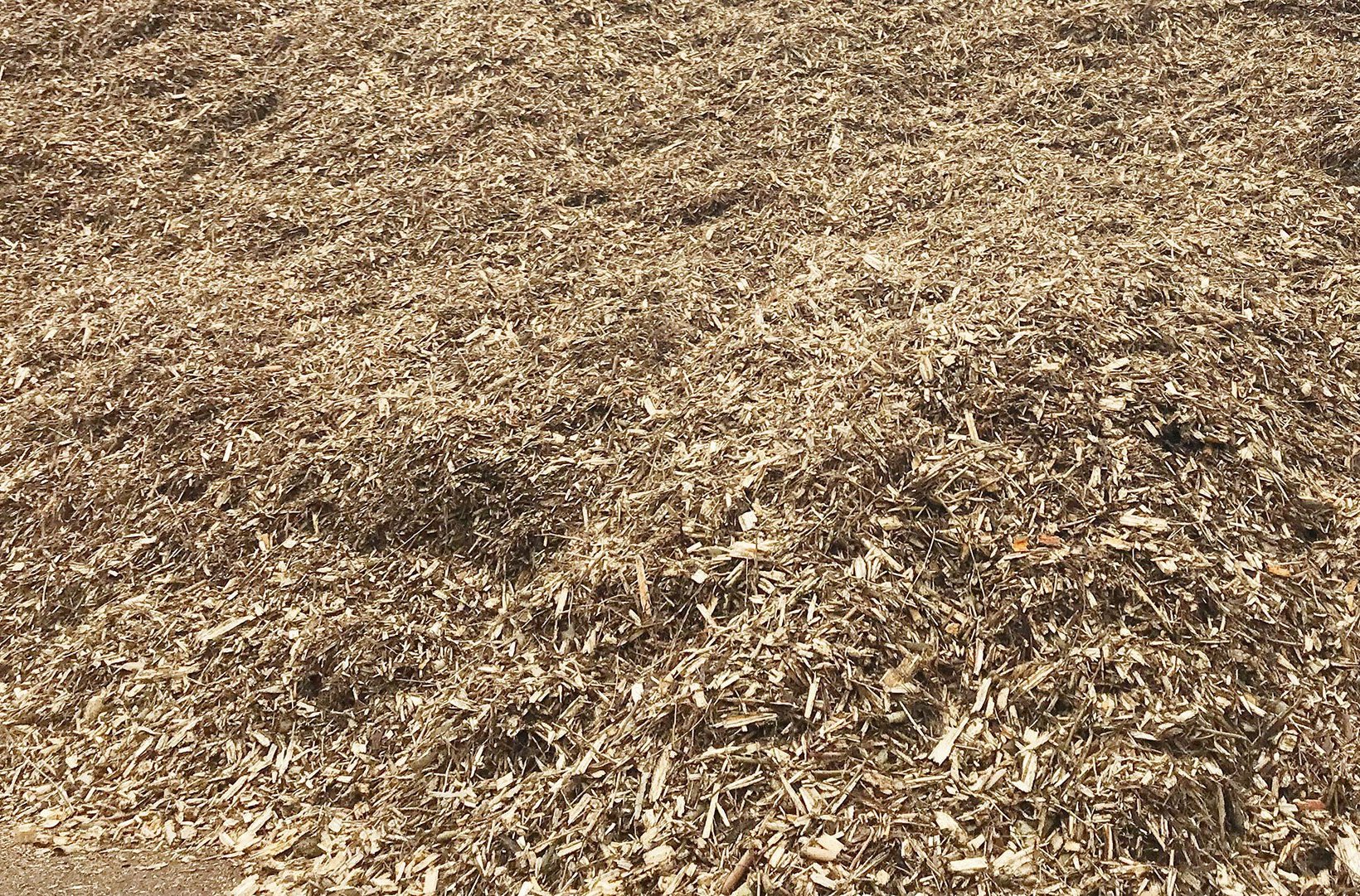
Energy crops - a growing business for Vattenfall
Energy crops have become an important source of biomass fuel for Vattenfall in Berlin and provide farmers in the German states of Brandenburg and Schleswig Holstein with a stable income.
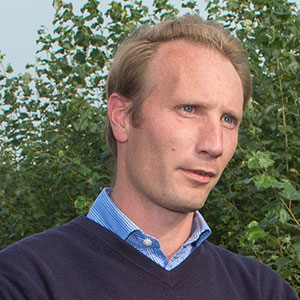
Tobias Ehm, project manager at the Vattenfall subsidiary Energy Crops
Did you know that Vattenfall is growing energy crops at a total of 130 locations on more than 2,000 hectares? 1,630 of these are located in Brandenburg and Schleswig Holstein in Germany and 430 hectares in Poland where they are managed by Vattenfall subsidiary Energy Crops Polska.
“Some 90 farmers place the land at our disposal against an annual fee for some 20 years but are during the entire period responsible for the cultivation of the field. Vattenfall pays for the planting, gives advice on the cultivation and organises the harvest. So we provide the farmer with the possibility for long-term planning and a continuous income,” says Tobias Ehm, project manager at the Vattenfall subsidiary Energy Crops.
Soil improvement and reduced CO2 emissions
The land used for energy crops are often fields that are otherwise difficult to utilise due to the nature of the landscape or the soil quality. Therefore, the energy crops do not replace food crops and after 20 years, the soil will often be considerably improved without the use of artificial fertilisers and suitable for other crops.
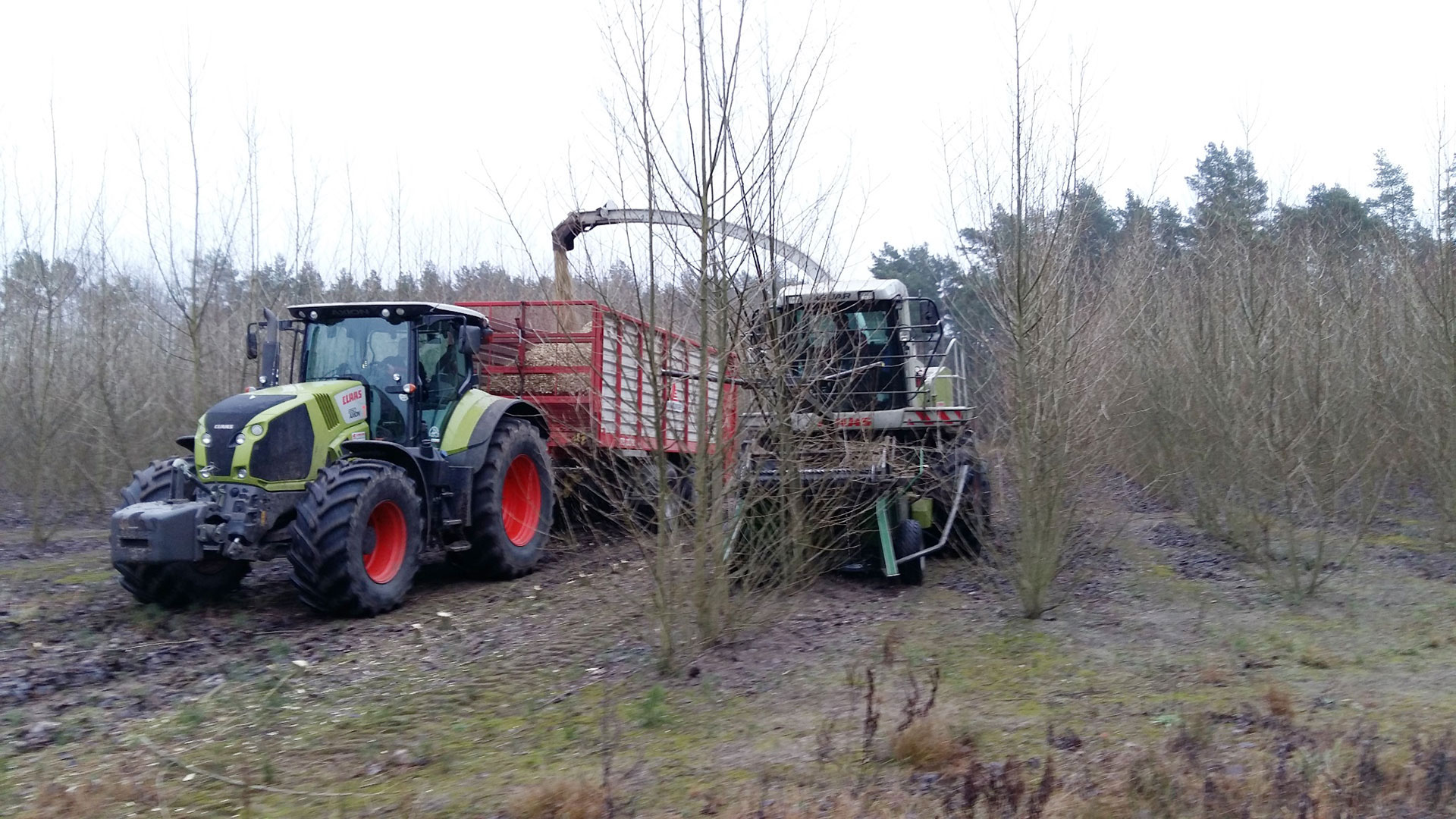
Poplars are cut off and shredded into wood chips in one process
Energy wood is a renewable resource that brings a number of environmental benefits. It avoids CO2 emissions compared to conventional soil management where normal agricultural crops emits around 1,600 kg CO2 per hectare annually for tillage, fertilisation and harvesting. Vattenfall’s cultivation of energy wood on fields only generates an annual 200 kg of CO2 emissions per hectare.
Furthermore, the long dormancy and the foliage entry also results in increased humus build-up, which additionally binds CO2. According to Tobias Ehm an additional 5 to 10 tons of CO2 per hectare annually will be tied up in the soil. That amounts to as much as 20,000 tons of CO2 a year in our case. The plants are mainly poplar and willow trees that are fast growing and has a high energy efficiency.
Fast-growing energy crops
In Brandenburg, the poplars are cut off and shredded into wood chips while short tree stumps are left. The wood is harvested in winter as the trees will drift out again in the spring and a new harvest is possible after three to four years. An annual 70,000 tonnes of fresh, untreated wood are used in the Märkische Viertel heating plant in Berlin, saving around 70,000 tonnes CO2 annually. Energy Crop‘s wood production can contribute up to one third of the annual demand.
Tobias Ehm explains: "By pruning during the dormancy in winter, the vitality of the tree is maintained: Thus, the tree can drive out new stems in the spring from the rootstock. We also leave the foliage on the field. As a result, the nutrients it contains are returned to the soil, and we can do without artificial fertilizers”.
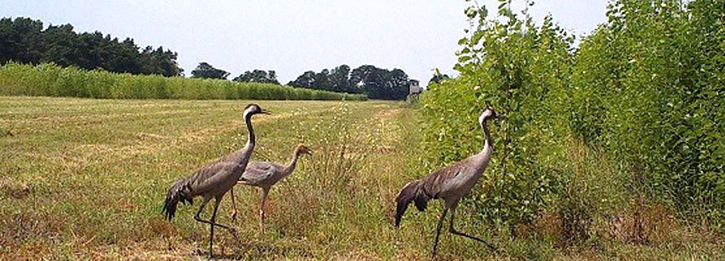
Energy forests provide a safe haven for wildlife.
Wildlife, less nitrate and nitrous oxide pollution
As the plantations are left alone for extensive periods they provide a safe haven for wildlife. Furthermore, the absence of mineral fertilisers drastically reduces emissions of nitrate, which are otherwise common in agriculture, into groundwater and highly polluting nitrous oxide in the atmosphere. Energy wood from the field not only delivers CO2-neutral fuel but also makes a significant contribution to nature and climate protection.

